One year after the outbreak of the Hamas-Israel war in the Gaza Strip, the Middle East is facing an extremely dangerous situation. Israel and Iran have changed their attack methods, and the war has expanded unpredictably. How long will the spiral of conflict last? How will it end? Many big and difficult questions!…
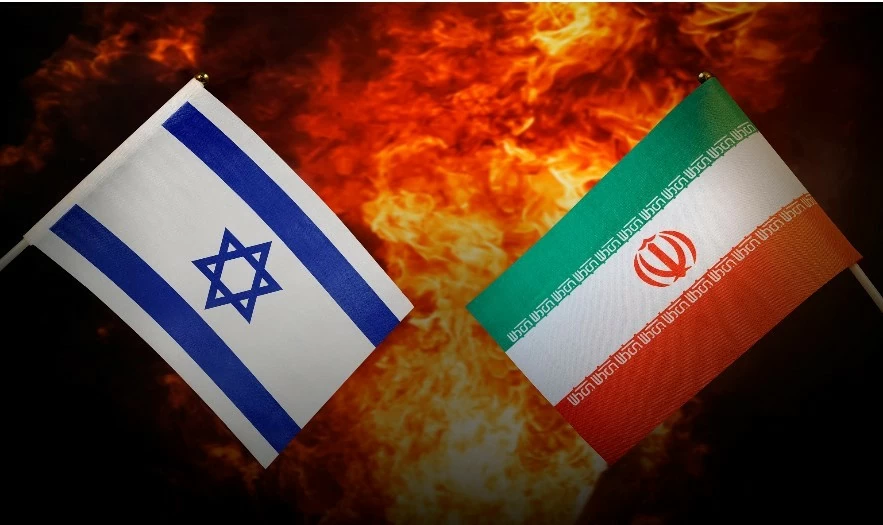 |
| The Israel-Iran conflict threatens to push the Middle East into a full-scale war. (Source: Media Line) |
The events of late September and early October were clear signs of a new spiral of tension. Israel launched simultaneous air and ground attacks to weaken and eliminate its opponents. Tel Aviv saw the opportunity as coming, determined to use military force to establish a security belt and hoped to redraw the political map in the region to its advantage.
Iran was forced to shift from a primarily proxy approach to a direct confrontation combined with proxy. The “Axis of Resistance” suffered heavy losses in leadership, combat infrastructure, and a decline in its standing in society, but it was not easily eliminated. Their efforts in the face of the “to survive or not to survive” situation were still formidable.
The situation has forced the US and its allies to more clearly reveal their strategic intentions for the region, to get more deeply involved to gain national interests, and to dominate the region through supporting and protecting allies. Conflicts have increased not only between opponents on the battlefield but also between the forces backing the general trend of restraint and implementation of the United Nations resolution on ending conflicts in the Middle East.
After the massive raid on the night of October 1, “the ball is in Israel’s court”. Retaliation is almost certain. The only issue is the timing, form, scale and scope of the action. Tel Aviv has proposed many options and is consulting with its allies.
With the primary goal of weakening and eventually eliminating Iran's influence in the region, Israel will launch a strong attack on Iran's major military and economic targets such as headquarters, air defense systems, the Islamic Revolutionary Guard Corps, oil and gas facilities, energy, etc.
Will Israel take the opportunity to deal a fatal blow to Iran’s nuclear facilities? At that time, Iran will have “nothing to lose” and will respond with all its might, leading to the risk of a full-scale war, drawing in many countries. Neither Tel Aviv nor Tehran are ready for such a complicated situation with unpredictable consequences.
Without direct support from the US, Israel will find it difficult to destroy Iran's solid underground structures. At this time, the US also does not want a full-scale war, causing the region to fall out of control, the Middle East strategy to fail, and greatly affecting the upcoming presidential election. Therefore, it is not excluded but likely that Iran's nuclear facilities are still a "reserved" target.
Iran’s military potential is also “no joke”, and cannot be destroyed in one blow. Tehran has declared the end of retaliation, but is ready to respond harshly, showing off its force and taking actions that observers suspect are the recent underground nuclear test. Therefore, the “tit-for-tat” moves will be fierce, prolonged, full of hatred and the will to retaliate.
Not excluding, Israel focuses its efforts on basically eliminating the fighting power of Hamas, Hezbollah, Houthi, so that they are no longer strong enough to attack Israeli territory. So Tel Aviv will retaliate more strongly, but at an acceptable level, causing Tehran to not respond. This state is the lowest level of conflict, but it is also only temporary. Conflict will flare up again when there are stimulating factors. Currently, those factors appear more and more, more and more strongly.
Obviously, the new spiral of conflict will be more intense, more unpredictable and more difficult to control. War may occur simultaneously in the Gaza Strip, Lebanon, Yemen, Syria and directly between Israel and Iran. There are many sparks, attracting many countries and organizations to participate, putting the Middle East on the brink of a full-scale war.
How long will the spiral of escalation last? It is difficult to say for sure, but it will continue until there is a breakthrough, one side is weakened or the fundamental contradiction in the Middle East is satisfactorily resolved. The key is the long-standing contradiction between Israel and the Arab community, with the front line being between Israel and Palestine and the antagonistic contradiction between Israel and Iran. Therefore, at the present time, negotiations to end the long-standing conflicts in the Gaza Strip (between Israel and Hamas) and in Lebanon (between Israel and Hezbollah) are impossible.
Because it depends on internal and external factors. As long as both sides are planning to eliminate the other side by military force, the war will not have a chance to end. As long as the big countries do not give up their intention to compete for strategic interests and dominate the region through their allies, the risk of escalating tensions will still exist.
Major countries with influence in the region, especially the US, play an important role in restraining the escalation of conflicts. However, the US policy is to eliminate Iran's influence in the region, to protect its allies, and to continue to provide military, financial, political, and diplomatic support to Tel Aviv, so Washington finds it difficult to convince Israel's opponents, causing many countries to be suspicious.
The solution of the State of Palestine and the State of Israel coexisting on the basis of the United Nations Resolution is the beginning of a long journey to fundamentally resolve the Middle East problem. So when this becomes a reality, time will tell!
The conflict between Israel and its opponents has weakened the effectiveness of Middle East resolutions and the United Nations' peacekeeping role, which has been overwhelmed by military conflicts. International mediation efforts have not been effective. The risk of escalating conflicts has overwhelmed the safety valves and tension control. Therefore, conflicts in the Middle East are long-term and extremely difficult problems, with no light at the end of the tunnel.






![[Photo] Prime Minister Pham Minh Chinh chairs conference on anti-smuggling, trade fraud, and counterfeit goods](https://vphoto.vietnam.vn/thumb/1200x675/vietnam/resource/IMAGE/2025/5/14/6cd67667e99e4248b7d4f587fd21e37c)
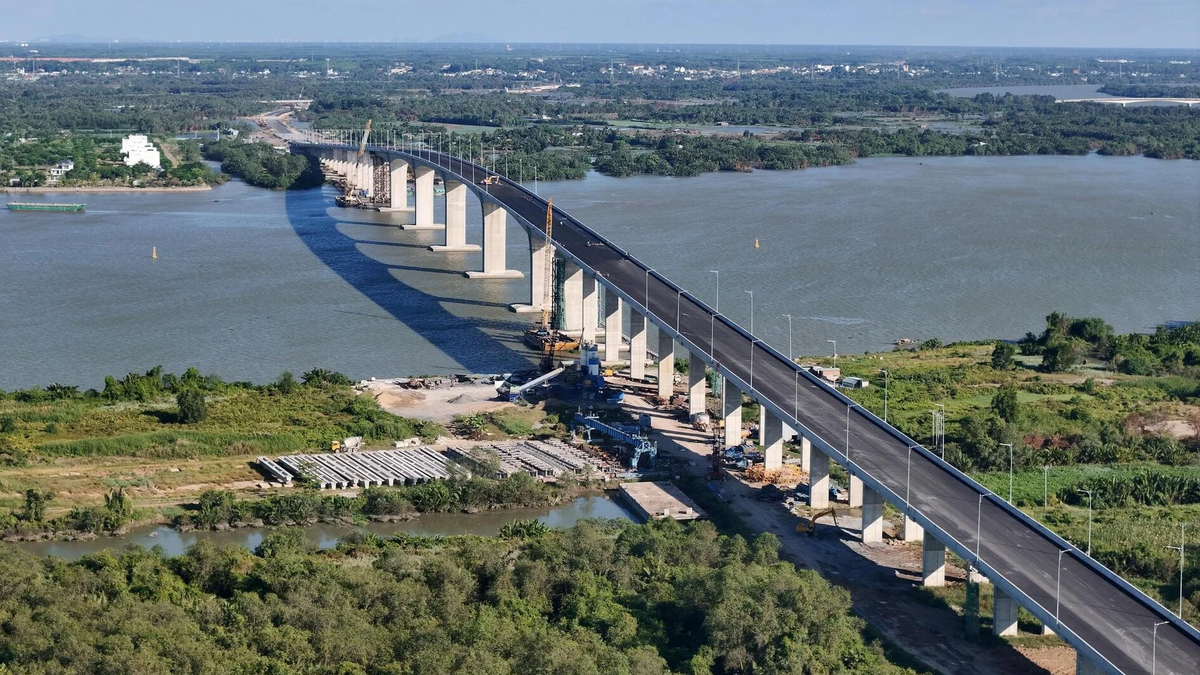



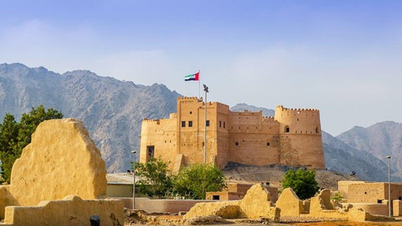



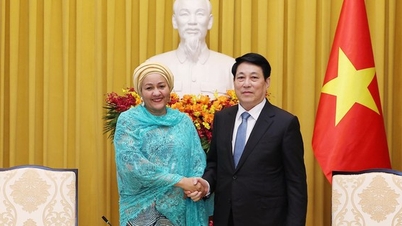















































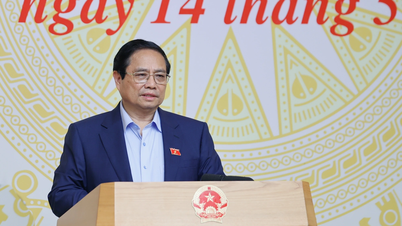




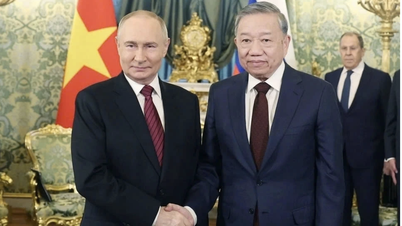


















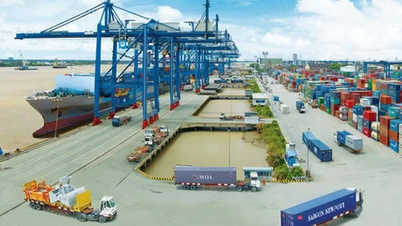











Comment (0)